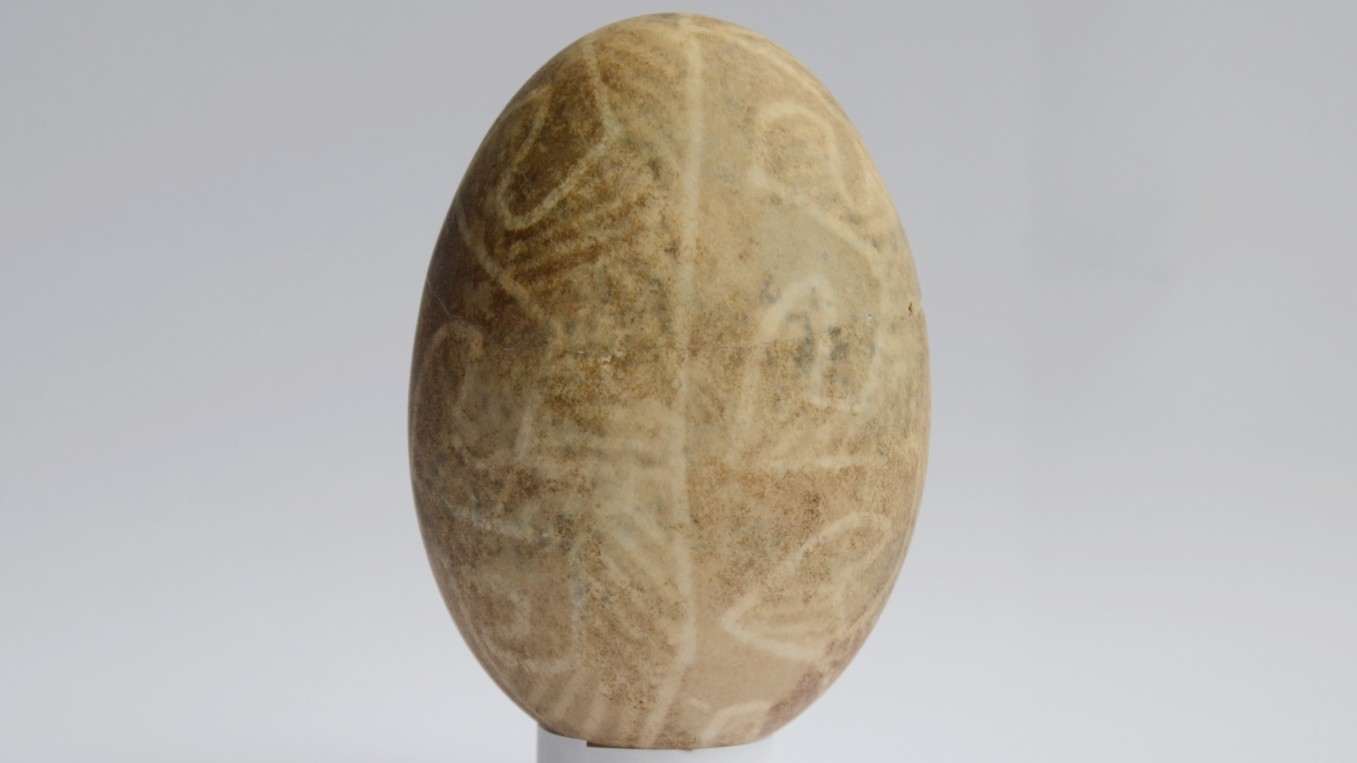Weird 'dog bone' asteroid could be a pile of cosmic rubble

Astronomers have fetched some cool new views of a dog-bone-shaped asteroid orbiting between Mars and Jupiter.
Kleopatra, better known as the "dog bone asteroid" for its two-lobed shape, is about 167 miles (270 kilometers) long and has its own pair of moons. The new observations suggest that the asteroid is a loosely accumulated pile of rubble that probably formed from debris from a giant impact.
"Kleopatra is truly a unique body in our solar system," Franck Marchis, an astronomer at the SETI Institute in Mountain View, California, and the Laboratoire d'Astrophysique de Marseille in France, who led the new research on the asteroid, said in a statement. "Science makes a lot of progress thanks to the study of weird outliers. I think Kleopatra is one of those, and understanding this complex, multiple-asteroid system can help us learn more about our solar system."
Related: 10 interesting places in the solar system we'd like to visit
Scientists first discovered Kleopatra's dog-bone shape about two decades ago. The moons were discovered in 2008 by Marchis and his colleagues, who dubbed them Alexhelios and Cleoselene after the real-life children of the Egyptian queen Cleopatra. (Kleopatra is the Greek spelling of Cleopatra, who ruled Egypt between 51 B.C. and 30 B.C.)
The new observations of the asteroid were made between 2017 and 2019 by the European Southern Observatory's Very Large Telescope in Chile. As the asteroid rotated, the telescope captured it from different angles, enabling new calculations of the asteroid's length and volume.
The results, published Thursday (Sept. 9) in two papers in the journal Astronomy & Astrophysics, also reveal the orbits of the asteroid's two moons. Along with the asteroid's length, this information allowed a team led by Miroslav Brož, an astronomer at Charles University in Prague, to calculate the mass of the asteroid, which, at 3.27 quadrillion tons (2.97 quadrillion metric tons), turned out to be 35% lower than previously estimated. Its density, now estimated at 3.4 grams per cubic centimeter, is also lower than the previous estimate of 4.5 grams per cubic centimeter.
Sign up for the Live Science daily newsletter now
Get the world’s most fascinating discoveries delivered straight to your inbox.
The asteroid rotates very quickly, the researchers found — almost fast enough for it to start coming apart. At this rotation speed, very small impacts can easily chip away bits of the asteroid, which may have been how Alexhelios and Cleoselene formed. Tiny impacts with other space debris may have lifted small pebbles and rocks from Kleopatra's surface, and those small stones may have conglomerated into the asteroid's two moons.
Astronomers hope to have more detail on the dog bone asteroid in the coming years. In 2027, the European Southern Observatory will start up a new observatory called theExtremely Large Telescope (ELT).
"I can't wait to point the ELT at Kleopatra, to see if there are more moons and refine their orbits to detect small changes," Marchis said.
Originally published on Live Science.

Stephanie Pappas is a contributing writer for Live Science, covering topics ranging from geoscience to archaeology to the human brain and behavior. She was previously a senior writer for Live Science but is now a freelancer based in Denver, Colorado, and regularly contributes to Scientific American and The Monitor, the monthly magazine of the American Psychological Association. Stephanie received a bachelor's degree in psychology from the University of South Carolina and a graduate certificate in science communication from the University of California, Santa Cruz.










